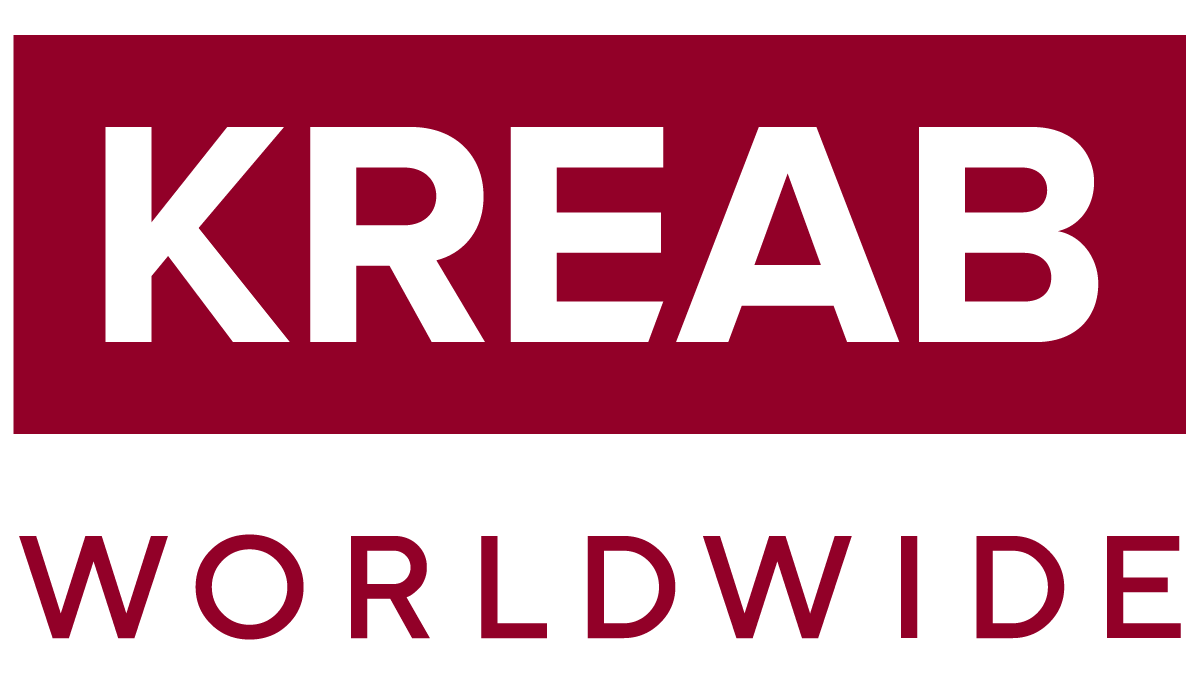
29/08/2025
Weekly China Insight – 29 August 2025
Trump signals potential China visit amid renewed trade engagement
On 25 August, US President Donald Trump stated that he hopes to visit China before the end of 2025, emphasizing the “very important relationship” between the two countries. Trump highlighted ongoing cooperation on student visas, pledging to allow 600,000 Chinese students to enter the US for studies. Trump also stressed that despite ongoing tariff pressures, Washington is committed to maintaining positive trade relations with Beijing. He cited rare earth magnets and aircraft parts as key elements in current negotiations, revealing that the US agreed to release aircraft components for 200 grounded Chinese planes in a goodwill gesture. On 28 August, China’s commerce ministry (MofCom) confirmed that vice minister and chief trade negotiator Li Chenggang will visit Washington to meet with senior US officials for a new round of trade talks, with discussions expected to touch on soybeans, aircraft, and fentanyl-related tariffs.
Trump’s rhetoric and the upcoming bilateral trade meeting suggest a recalibration of US-China economic engagement, balancing strategic competition with pragmatic cooperation, particularly in areas critical to maintaining global supply chains.
China sets 2030 target for full-scale carbon pricing with new national ETS roadmap
On 25 August, the general offices of the CCP’s Central Committee and the State Council jointly released a comprehensive policy guideline to accelerate the development of the nation’s national carbon market, expanding its scope and effectiveness. By 2027, the national emissions trading system (ETS) will implement “absolute emissions caps” in sectors with stable emissions, marking a shift from intensity-based benchmarks to total emissions limits. By 2030, the ETS will be fully built out, using a “cap-and-trade system” to combine free and paid carbon allowances. The guideline also commits to expanding ETS coverage to all major emitting industries and broadening participation to financial institutions as well as individuals.
The national voluntary carbon market will also be upgraded, with enhanced methodologies, stronger verification systems, and broader use of the certified emission reductions (CCERs) across corporate, public, and everyday applications. To ensure transparency and credibility, authorities will also build an integrated digital system for carbon reporting, trading, and verification; strengthen oversight of market participants; and enforce strict penalties for data fraud or manipulation.
China’s ETS roadmap formalizes its transition to a market-based carbon pricing regime, creating clearer signals for businesses and investors while reinforcing national de-carbonization goals. However, the effectiveness of the ETS will depend on how quickly free allocations are phased out and whether trading activity delivers genuine emissions cuts.
China unveils “AI Plus” strategy to integrate AI across key sectors by 2030
On 26 August, China’s State Council released a comprehensive guideline to implement the “AI Plus” initiative, aiming to integrate artificial intelligence across six major areas, including science and technology, industry, consumption, public services, governance, and global cooperation. By 2027, the guideline aims to achieve 70% for the penetration rate of next-generation smart terminals and AI agents; and by 2030, over 90%. The guideline outlines ambitious goals for transforming traditional industries, building open-source ecosystems, and deploying AI in public services such as education, healthcare, and urban governance. It also emphasizes developing core AI infrastructure, including computing power, data systems, and foundational models, while enhancing safety oversight and promoting AI as a global public good.
The “AI Plus” initiative positions AI as a foundational tool for China’s next phase of economic modernization, with state-led AI integration across all sectors intended to generate productivity gains. The initiative not only aims to catalyze new industries as new engines for continued economic growth, but also reinforces Beijing’s technological self-reliance amid growing global competition.
Shanghai relaxes home purchase rules to boost housing demand ahead of peak season
On 25 August, Shanghai announced a broad package of real estate policy adjustments aimed at stimulating home purchases, particularly in the suburban areas. The new rules remove purchase limits on eligible households buying homes outside the city’s outer ring, while easing mortgage conditions and increasing the limits on public housing fund loans. Notably, commercial banks are no longer required to differentiate between first and second home purchases when setting loan interest rates for buying families, significantly lowering monthly mortgage costs. Homebuyers can now use public housing fund balances for down payments without affecting loan eligibility. The city’s property tax policy was also revised to offer exemptions and deductions to non-local homes buyers acquiring their first or second home.
By combining relaxed purchase restrictions with financial incentives and tax relief, Shanghai authorities aim to reduce inventory pressure in suburban areas, revive second-hand housing turnover, and sustain the market’s momentum going into the traditional peak sales season of September and October.
